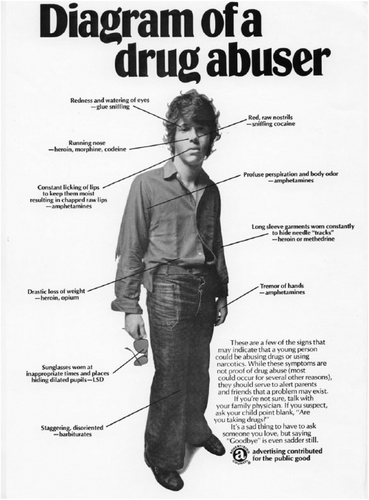Internalized Stigma in Clinical Settings
Internalized stigma surrounding substance use is prominent in clinical settings across America. Stigmatization hinders PWUD (people who use drugs) from receiving the proper treatment needed for recovery.
Contributions
Propaganda spread from primarily religious movements intended to dehumanize substance users in the effort to stop the widespread use of drugs and alcohol. The Temperance movement, and all other anti-drug movements that followed, have utilized demoralizing rhetoric and misinformation to degrade substance users.

Abbie Schmidt
Influences of Misinformation and Dominant Culture
The causes of stigmatization and dehumanization of people with substance use disorders stems from misinformation that has spread for centuries. Since the Temperance and Prohibition era, harmful rhetoric against substance use has had negative implications on the public opinion surrounding drug use. More contemporary examples of widespread propoganda and misinformation include rhetoric from the Nixon era and 'War on Drugs' movement. Semantics play a large role in influencing dominant culture ideologies, which have implications in healthcare settings.